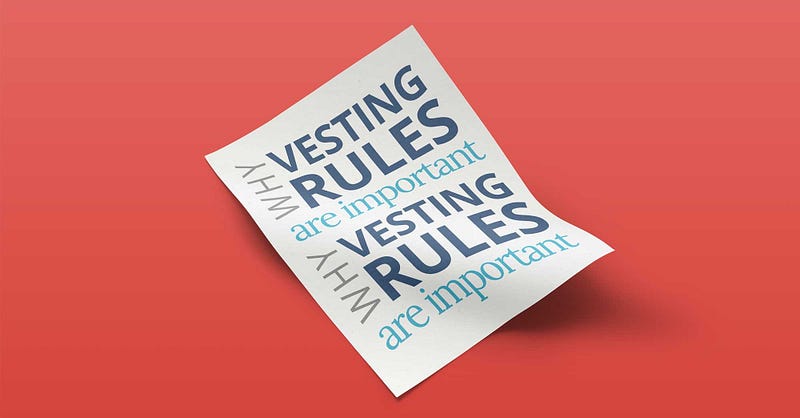Understanding Equity Vesting as a CEO, Employer, or Entrepreneur.
When you vest equity, you claim or assign future earnings, assets, or payments.
Employees frequently use it in place of company stock or options. Vesting equity could, for example, take the form of employee retirement plan benefits.
What is “equity,” and what should you do when bringing in new partners?
Two mistakes you don’t want to make when you’re doing this are that you don’t want to add equal shares. In my first company with my friends, we had equal shares.
So we added 33%. You know, there were three of us, and we all added 3%. You don’t want to do that.
There needs to be some sort of decision-maker and someone with a higher share.
So you want to do 60/40, you want to do 55/45, and you want to do 70/30. For whatever reason, you want to find a way around that. Then the second one is that you want to vest your equity.
So even if you give your co-founder or your partner 55% equity or 30% equity, they don’t get that equity at the beginning. So you must sign an agreement that allows you to vest the equity.
Vesting equity means that with 30% equity, they do not receive the entire amount upfront. So what they get at the beginning might be like 5%, and then that gives room for them to put in the work, sweat, and blood for this business to survive.

Vesting rules are important.
Because what happens is that usually when you do that and they get all the equity upfront, if they change their mind after one year and go look for a job because the business is not working and they’re not making enough money and they’re tired of this struggling and suffering, then they walk away with your 33% or your 30% and there’s nothing you can do because you sign an agreement and you put their name in CAC documents as a director and they own these shares.
So you want to vest the equity; you want to ensure that they don’t get all the equity upfront. So you want to say in your agreement that this equity is over 5 years, and at the beginning, they get like 5%.
After the first year, they get another 5%, the second year 5%, and the third year 10%. so you can figure out how much time you’ll need. You can imagine that this business will be fine in three years.
And even if they walk away after 3 years, I should be able to run this business all by myself.
So you want to give yourself enough time, or runway, to be able to run the business together and suffer together so that the business is okay, and if they leave, the business will suffer.
So that’s what you want to do. So owning equity protects your interests, the business’s interests, and the business itself.
So make sure that you are on a budget when you are bootstrapping your business. Work with your budget.
Never spend money without a budget when starting a business. Everything must be tracked. Every expense must be measured. If you are not measuring your money, how you spend your money, where your money is coming from, and how it’s going out, you are not in business.
I can bet you that.
So have good accounting software, have a good expense tracker, and make sure it’s a mobile that you can work with that is very close to you.
So, at the end of each day, I set an alarm for 10 p.m. to remind me that I needed to record all of my daily expenses. And by the way, I had income for that day, but I need to record my income.
And at the end of the month, my software will give me a pie chart telling me I spent 20% of my revenue for that month on-air time. I spent 15% on the utility bill. I spent 5% on transportation. I spent this on that, and I spent that on that. That is how to track your expenses.
And once you have gotten a good handle on your expenses, you can then start living on a budget. You can start running your business on a budget.
You can use QuickBooks. There are different accounting programs you can use to track your expenses.
Conclusion
But most importantly, make sure you are tracking, make sure you are measuring, and make sure you are on top of your numbers.
Follow us on all our social media handles for more valuable content.
IG: https://www.instagram.com/tribearc/
FB: https://www.facebook.com/tribearc/
Twitter: https://twitter.com/tribearc
TikTok: https://www.tiktok.com/@tribearc
LinkedIn: https://www.linkedin.com/company/tribearc/










